The Podcast Renaissance Educators Revolutionizing Audio Learning
HexaLearn
FEBRUARY 2, 2024
When we tune in, our brains shift gears, making it easy to grasp and remember information. Mastering Multitasking Life gets busy and finding time for focused learning can be tough. That’s where podcasts shine; they let you multitask. It’s multitasking that actually works. Happy listening and learning!

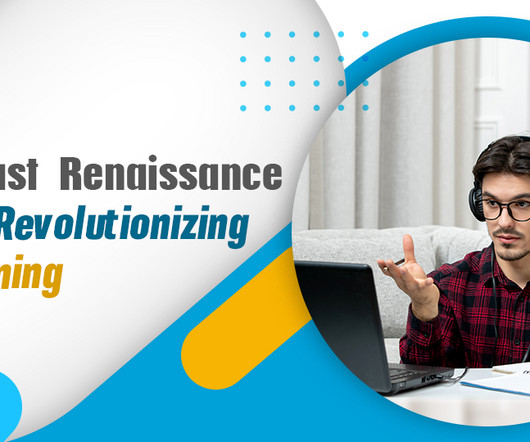

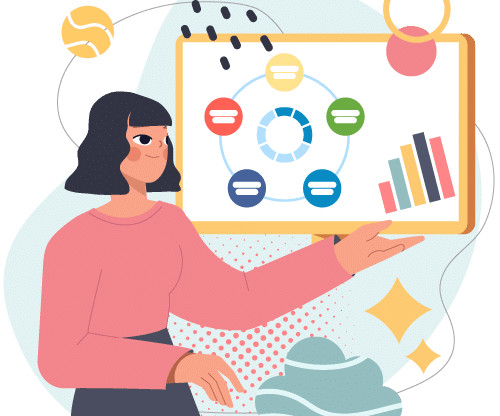
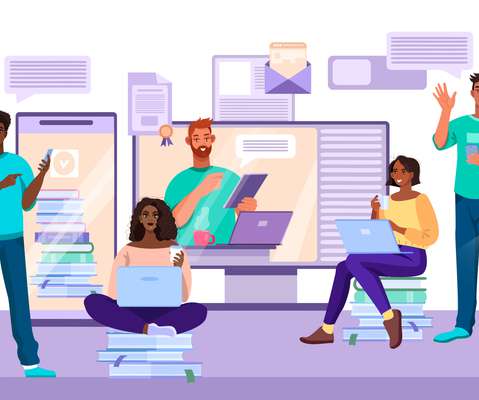
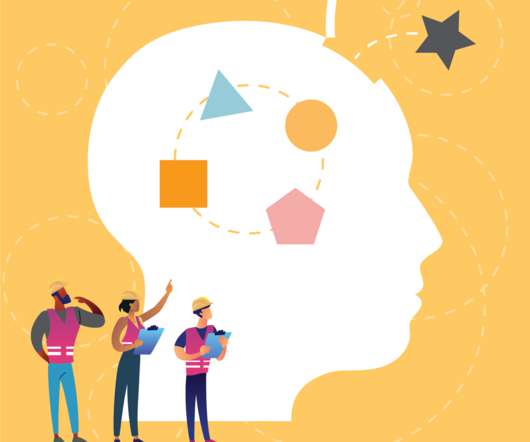
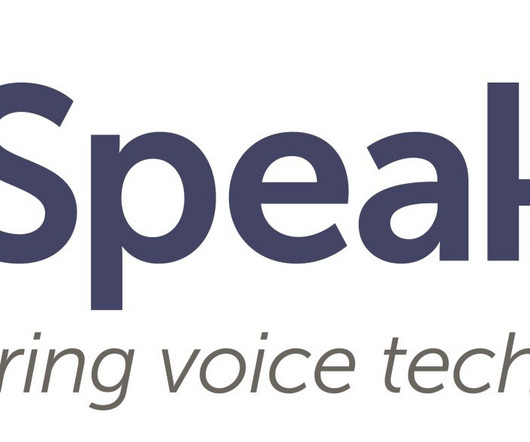
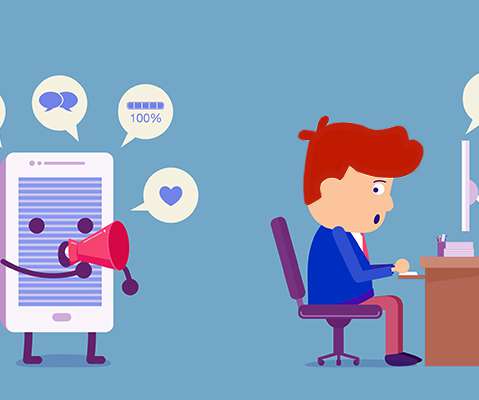

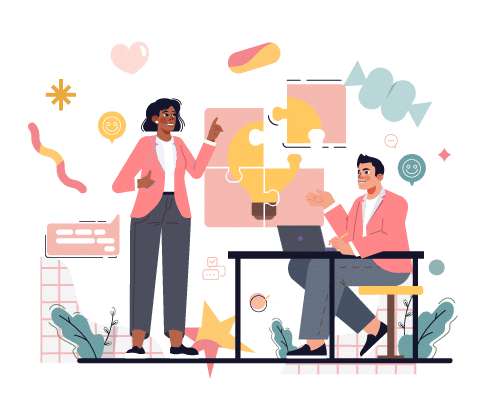










Let's personalize your content